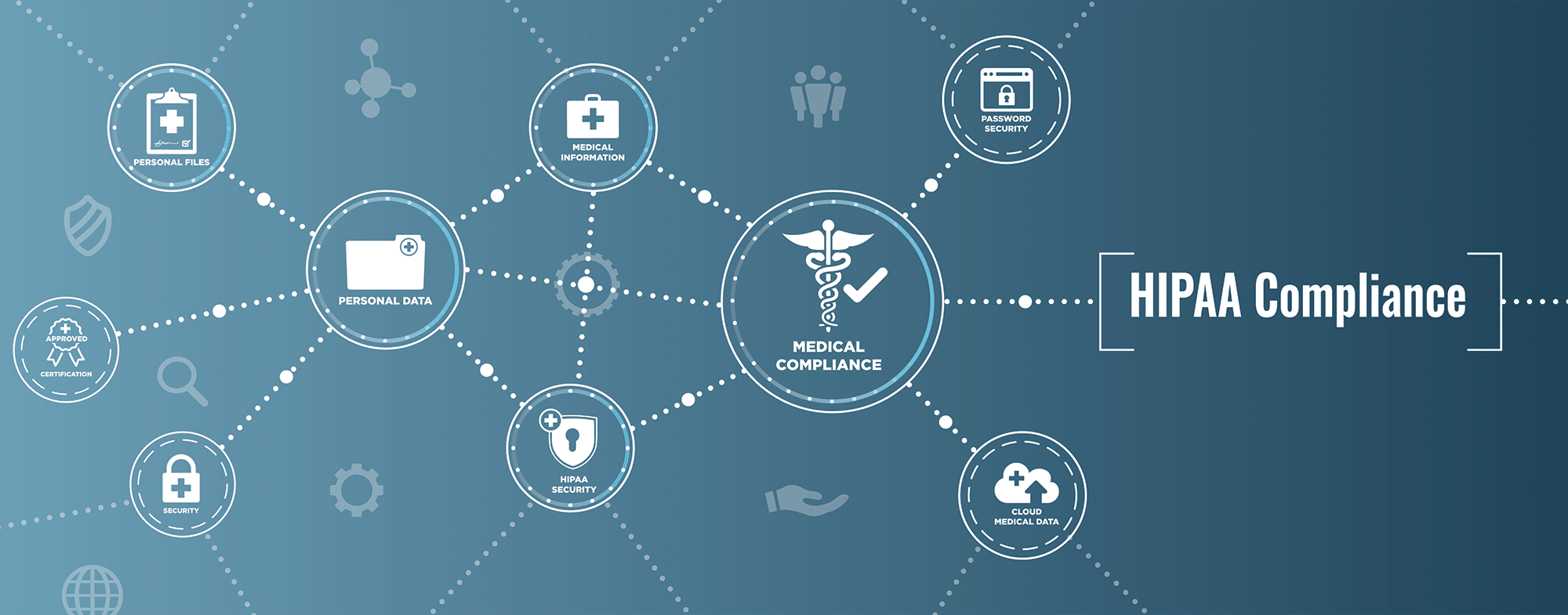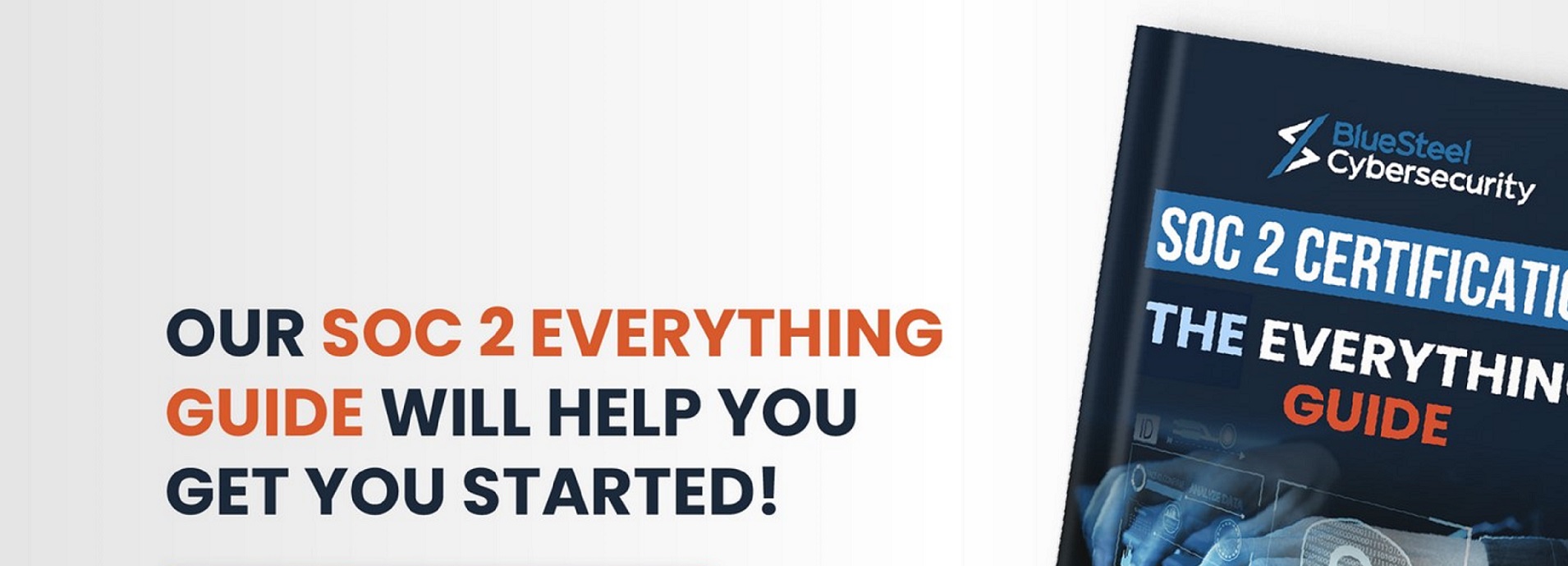In the world of healthcare security and privacy, two frameworks often find themselves at the center of discussions: HITRUST and HIPAA. Each of these has been designed to ensure the safety and confidentiality of sensitive health information. As healthcare professionals, IT staff, and business managers navigate their way through these guidelines, it becomes crucial to understand the distinct characteristics of each, as well as the similarities and differences between them.
What is HITRUST?
The Health Information Trust Alliance, or HITRUST, is a common security framework (CSF) that offers a comprehensive, scalable, and certifiable approach to regulatory compliance and risk management in the healthcare industry. Established in 2007 by a consortium of healthcare and IT professionals, HITRUST was born out of the need for a more robust and unifying security framework that could address the increasing threats and breaches in the healthcare sector.
Over the years, HITRUST has evolved to keep pace with changes in the healthcare landscape, including technological advancements and new regulations. Today, HITRUST CSF incorporates a multitude of standards, regulations, and business requirements applicable to healthcare organizations, offering a unique approach to managing information risk and ensuring compliance.
Benefits of HITRUST
HITRUST is considered valuable due to its comprehensive nature and certification process. Unlike other frameworks, it is designed specifically for healthcare, incorporating various compliance requirements from several sources such as HIPAA, ISO, NIST, and more. The benefits of HITRUST extend beyond mere compliance; it provides a thorough risk management framework that fosters a culture of security within an organization.
The certification process is another key benefit of HITRUST. Earning a HITRUST CSF Certification demonstrates to stakeholders and regulators that an organization is committed to maintaining high standards of data security and privacy. This can build trust among clients and partners, enhancing business relationships.
What is HIPAA?
The Health Insurance Portability and Accountability Act, better known as HIPAA, is a US federal law passed in 1996 that sets a national standard for electronic healthcare transactions and addresses the security and privacy of health data. Originally designed to protect the rights of insured individuals as they move jobs, HIPAA has evolved into a broad regulatory framework that safeguards the privacy and security of patients’ medical information.
HIPAA has two primary rules: The Privacy Rule and the Security Rule. The Privacy Rule sets standards for the protection of individuals’ medical records and other personal health information. On the other hand, the Security Rule establishes a national set of security standards for protecting certain health information held or transferred in electronic form.
Benefits of HIPAA
HIPAA is considered a cornerstone of healthcare data protection in the United States. One of its main benefits is the clear, regulatory standards it establishes for handling and protecting patient health information. By ensuring a uniform level of protection, it has helped instill trust in the healthcare system.
Another significant benefit of HIPAA is its mandatory nature for healthcare entities. Compliance is enforced through audits, and penalties for non-compliance can be severe, thus incentivizing organizations to maintain high standards of data privacy and security.
HIPAA also provides specific guidance on what constitutes protected health information (PHI), helping organizations understand what data they must protect and the standards they must meet.
Similarities between HITRUST and HIPAA
HITRUST and HIPAA, though distinct, share a set of common goals and principles, making them integral companions in the mission to secure health-related information. This convergence is rooted in their shared objective to bolster the privacy and security of healthcare data, a vital asset in the delivery of care and maintenance of patient trust.
Both HITRUST and HIPAA offer comprehensive guidelines and standards that help healthcare entities safeguard sensitive information. These guidelines extend from data management and access controls to incident response and recovery protocols, reflecting a holistic approach to information security. While they operate in different capacities, their overlapping recommendations provide a robust set of standards for organizations to adhere to.
A crucial point of convergence is the incorporation of HIPAA regulations within the HITRUST CSF. This implies that an organization adhering to HITRUST CSF standards is inherently complying with HIPAA’s requirements. Thus, HITRUST can be viewed as an extension of HIPAA, offering additional controls and guidelines that are in sync with international standards and best practices.
Audits, assessments, and ongoing compliance efforts form a shared emphasis between HITRUST and HIPAA. Both frameworks acknowledge the dynamic nature of the digital landscape and the subsequent need for continuous monitoring and updating of security practices. This is reflected in their requirement for regular audits and reassessments to ensure sustained compliance and to keep pace with evolving threats.
Moreover, while HITRUST and HIPAA primarily target healthcare entities, they also extend their influence to business associates – organizations that handle healthcare data on behalf of healthcare entities. This ensures a chain of trust and maintains data security across all touchpoints of healthcare data management.
In essence, despite their individual nuances, HITRUST and HIPAA unite in their mission to secure healthcare data. Through their shared principles and complementary roles, they provide a cohesive and robust approach to healthcare data protection.
Differences between HITRUST and HIPAA
While both HITRUST and HIPAA aim to enhance the security and privacy of healthcare data, there are key differences that distinguish the two.
One major distinction lies in their scope. HIPAA is a federal regulation with a specific set of standards focused exclusively on healthcare information in the United States. Conversely, HITRUST CSF is a comprehensive framework that not only includes HIPAA regulations but also integrates globally recognized standards such as ISO, NIST, and PCI-DSS, making it more encompassing and scalable.
Compliance requirements represent another significant difference. HIPAA compliance requires healthcare entities to self-certify their compliance, with enforcement carried out through audits by the Office for Civil Rights (OCR). HITRUST, on the other hand, offers a certifiable framework, with a third-party assessment necessary for HITRUST Certification.
Furthermore, the enforcement mechanisms vary. HIPAA has established penalties for non-compliance, whereas HITRUST does not impose penalties but the lack of certification might result in lost business opportunities with partners requiring HITRUST certification.
Lastly, the specificity of guidelines differs. While HIPAA offers more general rules around the protection of health information, HITRUST provides a detailed roadmap for data protection, specifying controls that organizations should implement, thereby offering more prescriptive guidance.
Choosing between HITRUST and HIPAA
Choosing between HITRUST and HIPAA is not an either-or decision, but rather about understanding which framework or combination aligns best with your organization’s goals, needs, and risk profile.
HIPAA compliance is a legal requirement for U.S. healthcare organizations and their business associates. Therefore, compliance with HIPAA is non-negotiable. However, HITRUST certification can provide an added layer of assurance, demonstrating a more rigorous commitment to data protection and compliance.
For organizations aiming to bolster their security posture and elevate trust among stakeholders, pursuing HITRUST certification might be a strategic choice. It can also be beneficial for those looking for a scalable framework that can accommodate a variety of regulations beyond HIPAA.
Organizations should consider their size, the nature of the data they handle, their industry relationships, and their overall risk management strategy when deciding on the adoption of HITRUST.
Conclusion
The healthcare landscape is filled with stringent regulations and potential threats, which makes robust security frameworks like HITRUST and HIPAA indispensable. Although they share a common goal of safeguarding sensitive healthcare data, they each offer unique approaches to data protection, regulatory compliance, and risk management.
HIPAA is a federal law that sets the standard for protecting sensitive patient data across the United States, with clear-cut rules and enforcement mechanisms. Compliance is a legal obligation for healthcare entities, making it a must for all relevant organizations.
On the other hand, HITRUST offers a broader, more comprehensive framework. With an approach that encompasses numerous global standards, it can be seen as a higher level of commitment to data security and privacy, offering a certifiable standard and a potential competitive advantage.
Understanding the similarities and differences between HITRUST vs. HIPAA is key to developing an effective data protection strategy. HIPAA lays down the law. Choosing to pursue HITRUST certification is a strategic decision that should align with an organization’s size, industry relationships, and overall risk management strategy. Regardless of the choice made, the primary goal remains the same – ensuring the utmost security and privacy of healthcare data.







